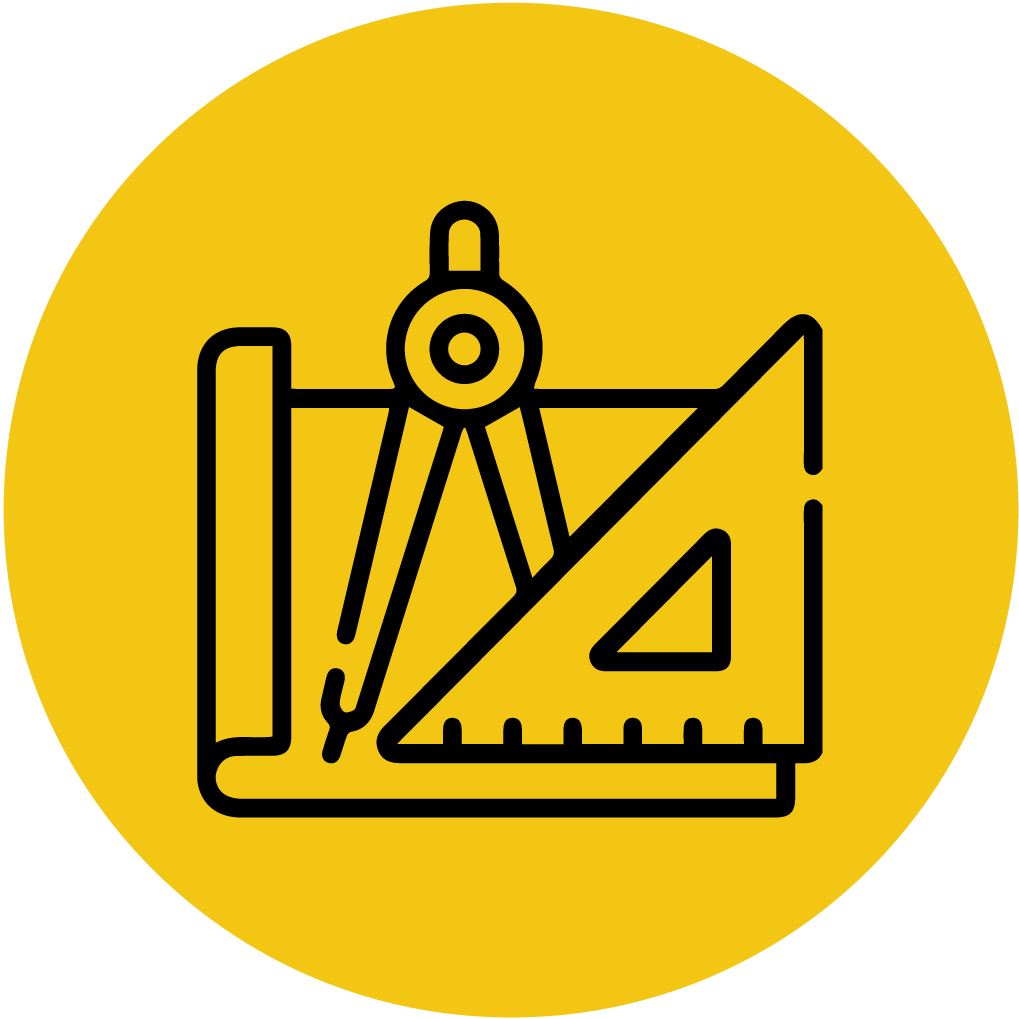PATENTS
A patent is a legal right granted by the government to the inventor of a new and inventive product or process. It gives the inventor the exclusive rights to use, sell, or license their invention, preventing others from making, using or selling the patented product or process without permission. Patents are a crucial tool for protecting intellectual property and encouraging invention by allowing creators to benefit financially from their inventions. Whether it’s a product or process, obtaining a patent can offer significant advantages in securing ownership and potential revenue opportunities..
HERE'S HOW IT WORKS

1. Examination of Details
Initially to apply for a patent you will have to provide all the required documents. We will examine all the possible details

2. Drafting of Application
We have registered patent agents who will take up your request and draft the application for registration.

3. Filing of Application
The drafted document will be filed with the registrar and, on acceptance.
Advantages of Patent Registration
A patent grants exclusive rights to an individual or organization, preventing others from manufacturing, using, selling, or importing the patented invention without prior consent.

Full Control for the Owner
The patent owner has the right to use, sell, and modify the invention at their discretion. They can prevent others from benefiting from the same product or process without permission.

Monetary Returns
If the owner realizes that their invention isn’t generating returns, they can license the patent to others. This right to license or sell the patent allows the owner to generate income and recoup their investment.

Long-Term Benefits
Owning a patent provides multiple financial opportunities over time, such as earning royalties. Even if the inventor cannot fund the commercial production of the invention, the patent offers an opportunity to generate consistent income through licensing.

Public Disclosure
Patent registration grants visibility, helping the inventor gain public recognition. This can lead to increased market value, partnerships, and potential investors. It also highlights the inventor’s expertise in the technical field by sharing detailed information about the invention.
Frequently Asked Questions About Patents!
For an invention to be patentable, it must satisfy these basic conditions:
- Novelty: The invention must be new and not previously disclosed.
- Inventiveness (Non-obviousness): The invention must demonstrate an inventive step that sets it apart from existing solutions.
- Industrial Applicability: The invention should be practical, functional, and not just a theoretical idea.
Traditional Knowledge: The invention must not be known or disclosed or must not be in prior knowledge anywhere around the World, before filing date of application.
Anyone, including individuals, companies, trusts, NGOs, firms, or government agencies, can apply for a patent.
Yes, applicants can request expedited publication by filing Form 9 with the prescribed fee. Once the request is made, the Patent Office will publish the application within one month, provided it does not relate to defense or atomic energy.
The three main types of patents are:
Product Patent
Process Patent
Patent involving plant and varieties
Patents are granted by the Office of the Controller General of Patents, Designs, and TradeMarks (CGPDTM), under the Department for Promotion of Industry and Internal Trade, which administers the patent laws in India.
In India, a patent remains valid for a period of 20 years from the filing date.
Yearly renewals must be done after grant of patent to maintain the patent uptill 20 years
The patent application must include detailed information about the invention, which can be provided on a CD or pen drive. This includes the invention’s name, use, and data.
Yes, if a patent application is rejected, the applicant can request a hearing within 10 days before the statutory deadline. If the request is not filed, the application may be rejected without further hearing.
